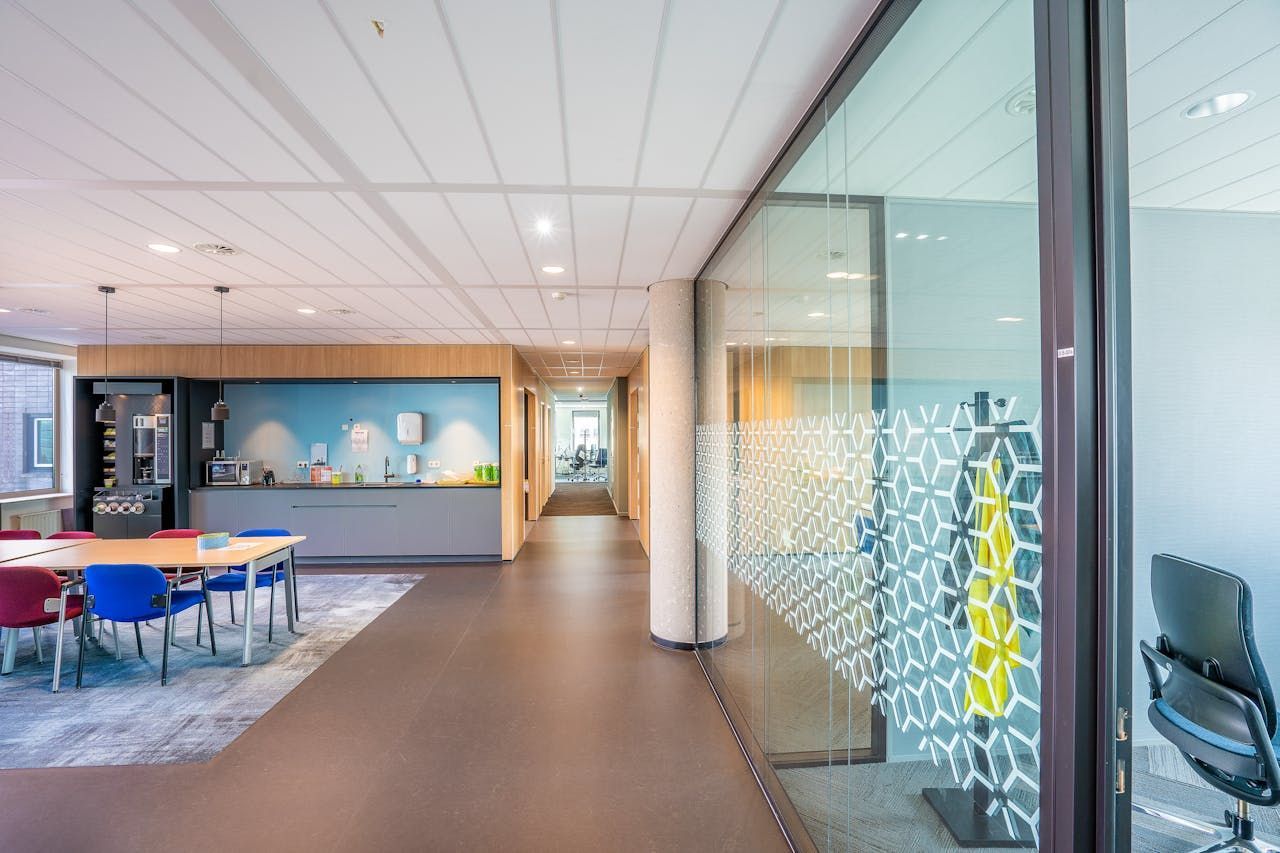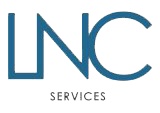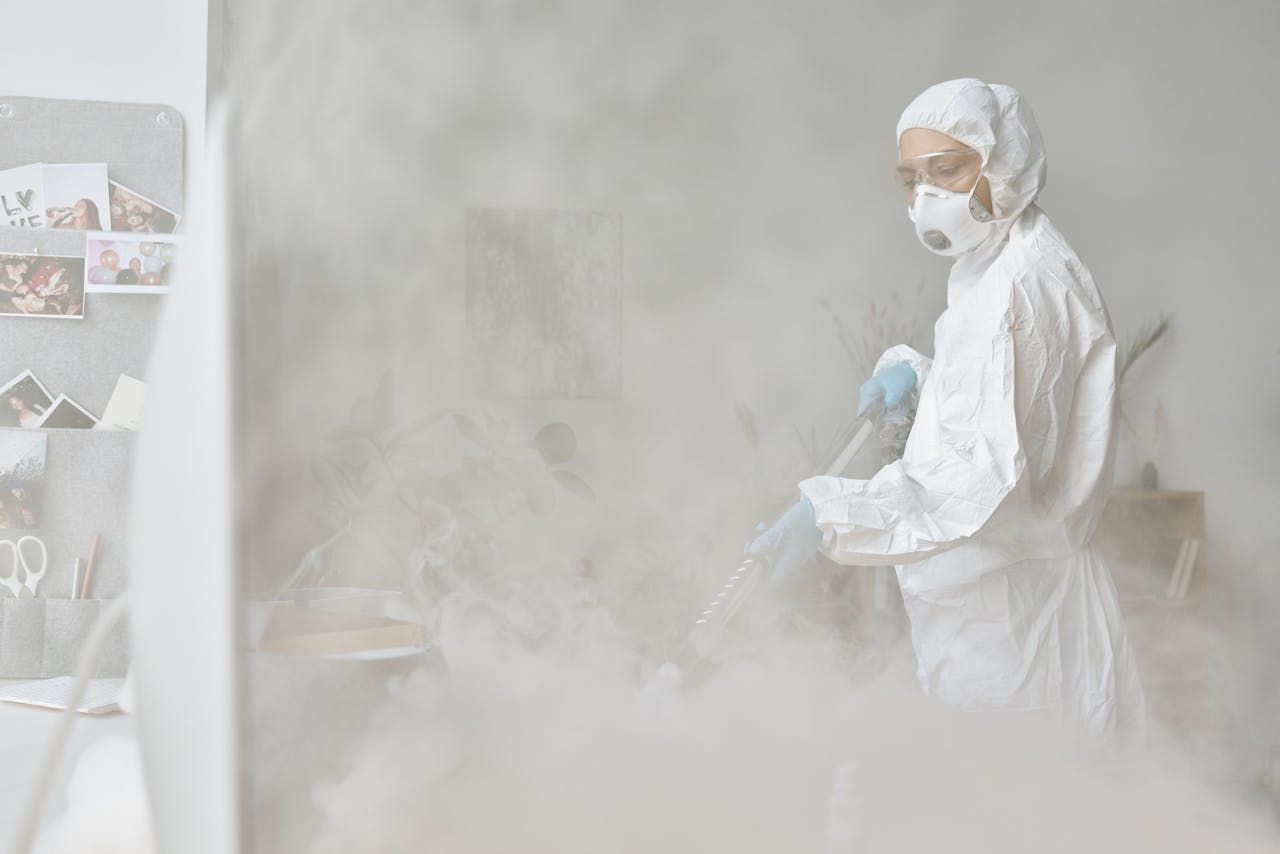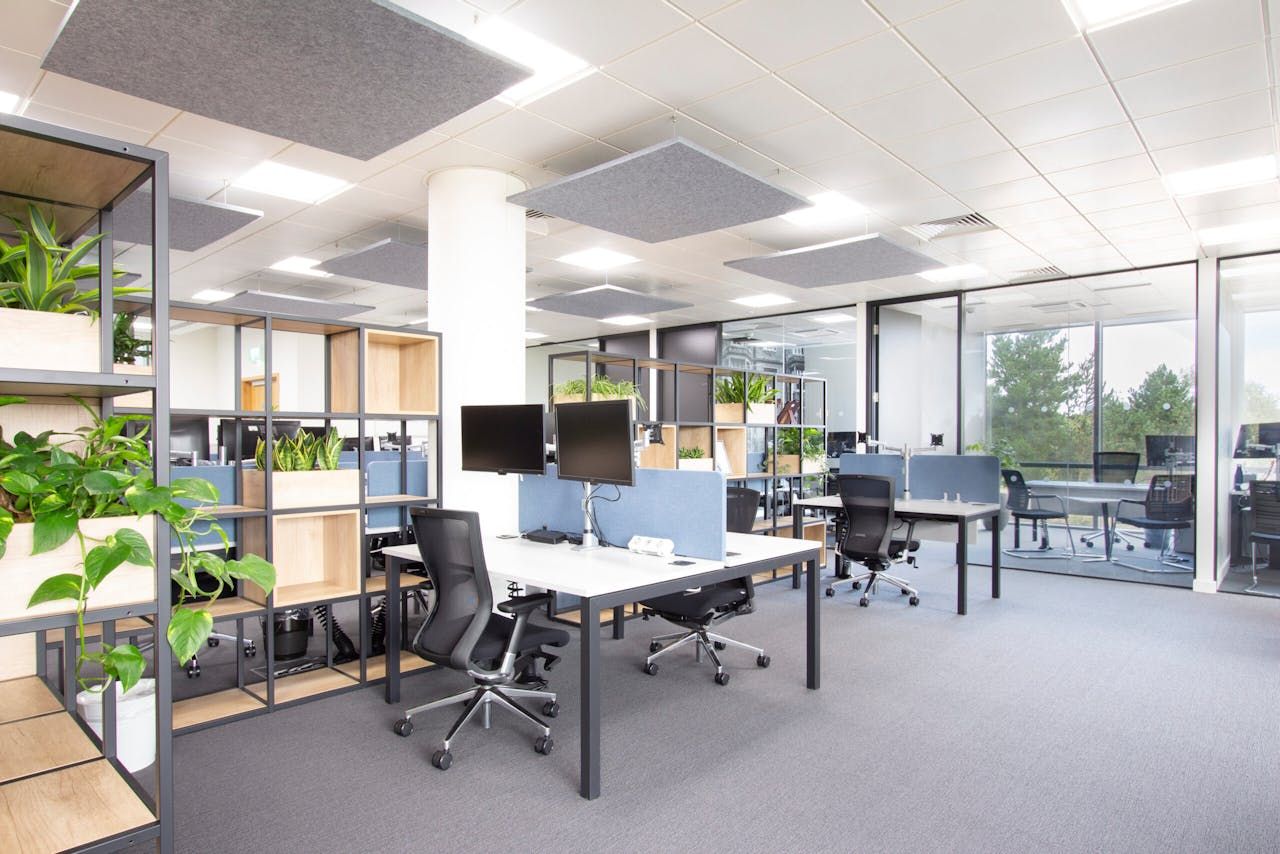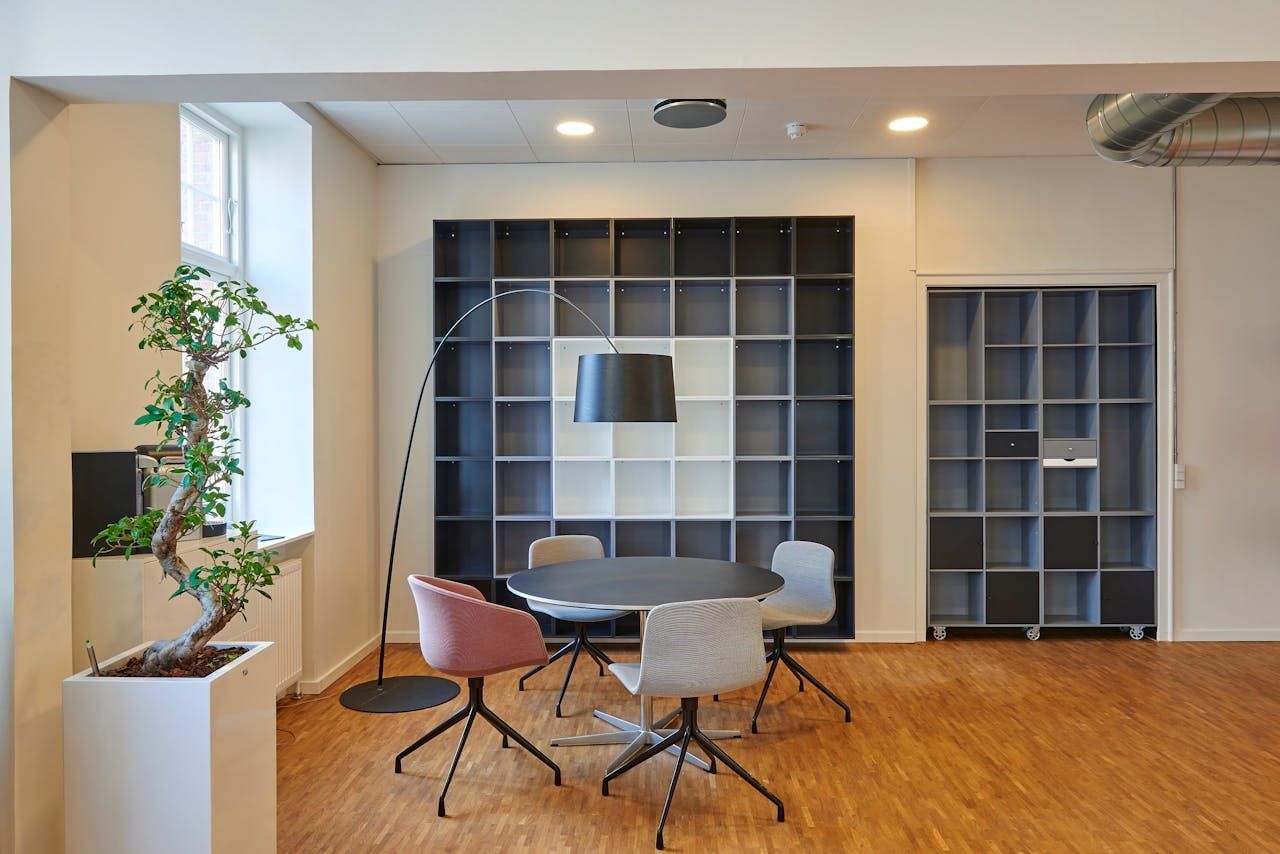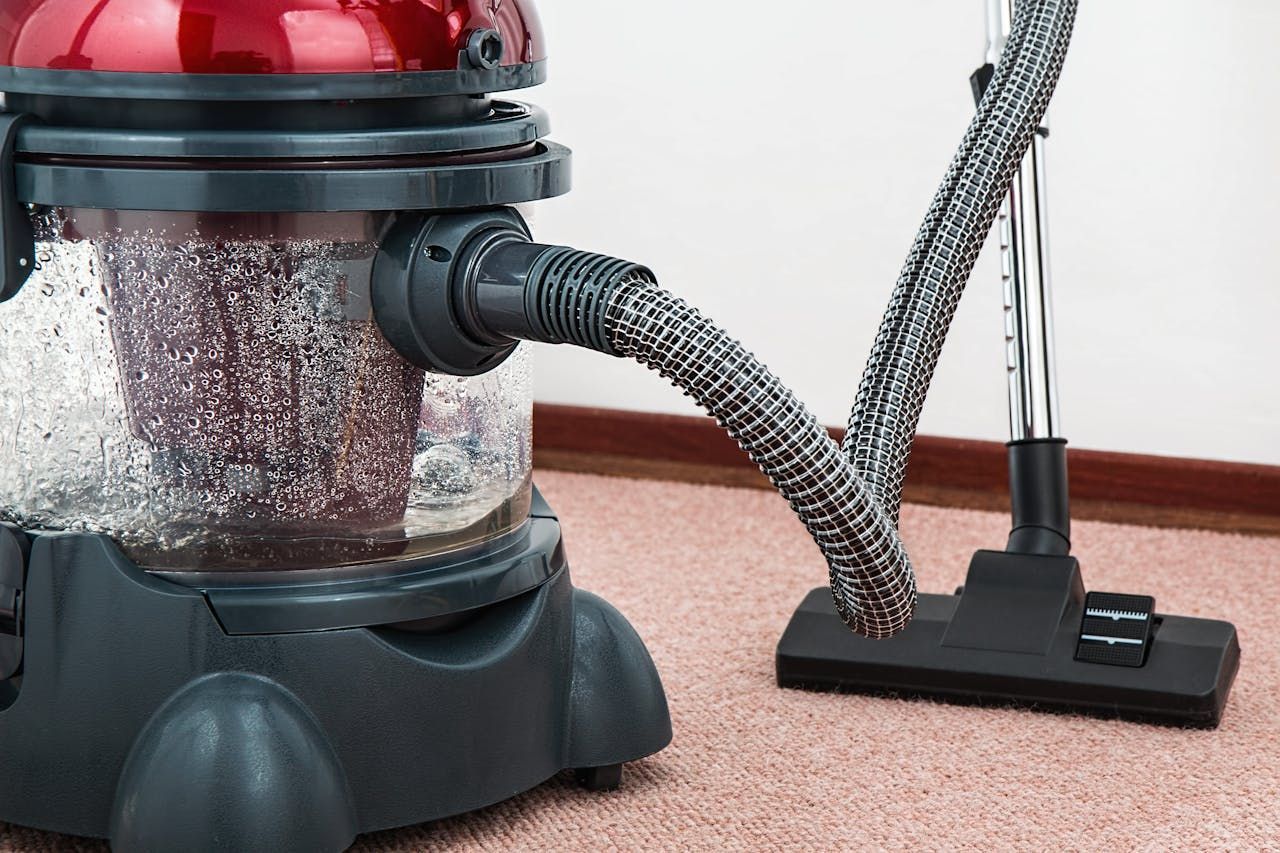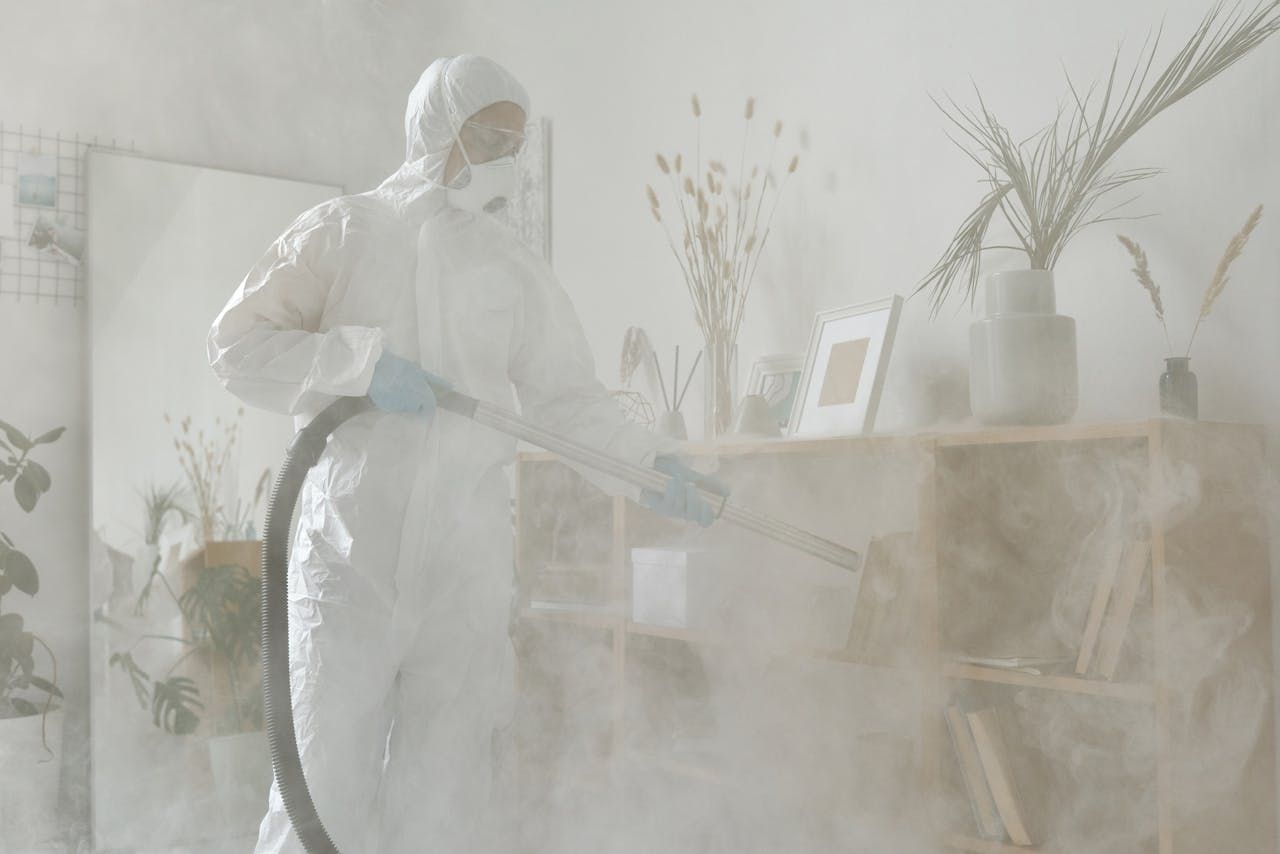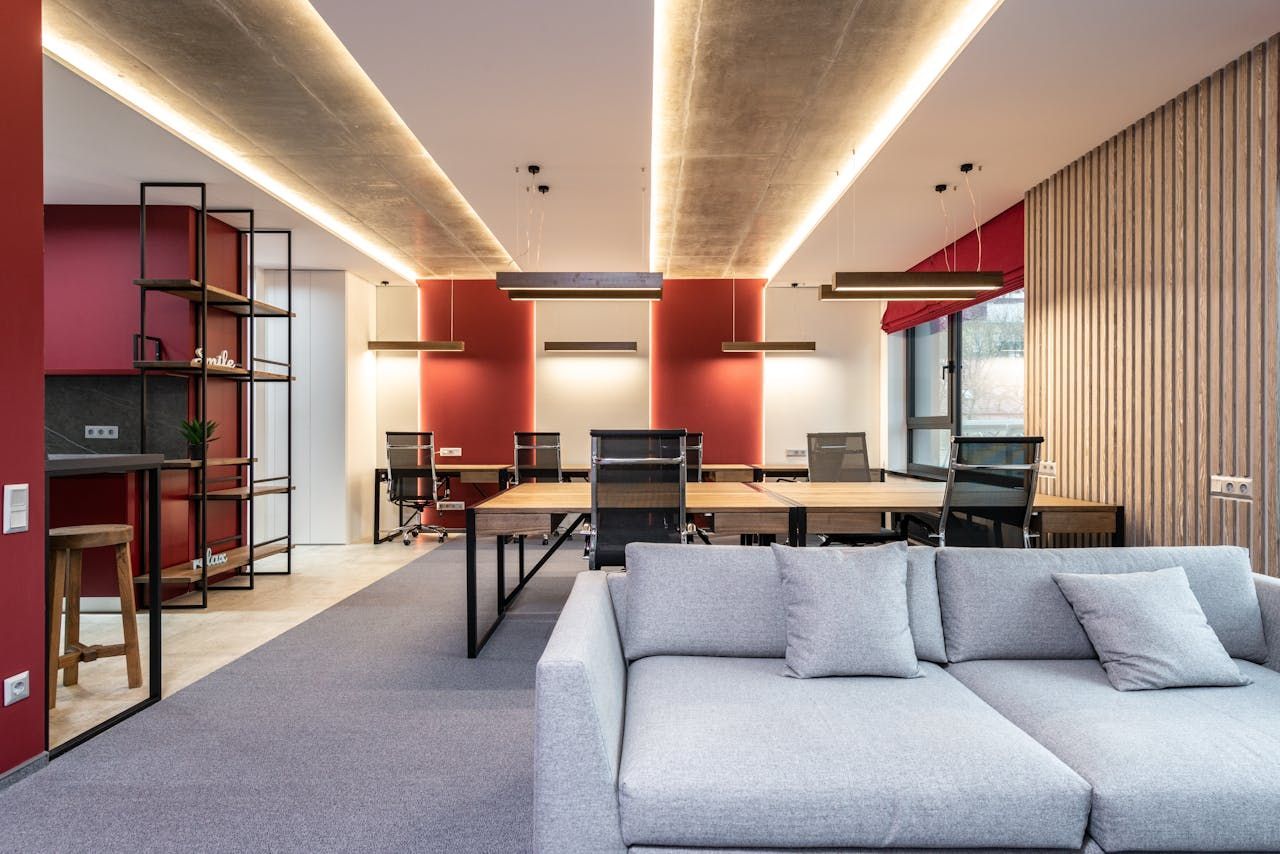How Your Workplace Environment Impacts Employee Retention
Staff retention is important in any business - the cost of recruitment is high. A cohesive team that works well together is valuable, so building and keeping your workforce is critical.
But what if it’s not the workload, the salary or the colleagues that are causing employees to jump ship? What if it’s the environment they’re working in?
We explore how the workplace environment can impact employee retention so you can make sure you’re providing the best possible environment for your team.
The Physical Workplace: More Than Just Four Walls
Your employees will spend a large part of their lives in the office or place of work. This puts a responsibility on you to make them feel comfortable, inspired and driven in the long term. That means doing more than a monthly pizza party!
The wrong office environment can leave your team drained, unmotivated, and exhausted.
The impact of office design and layout on employee satisfaction and productivity might surprise you. Your choices go deeper than the aesthetics; they’re huge influencers on your employees’ productivity levels.
If you’re looking to inspire your team, consider the following aspects when it comes to workplace layout and design:
- Natural light and ventilation - People need exposure to natural light to regulate their sleep patterns and improve wakefulness. The same goes for proper ventilation; ensuring a fresh and healthy workplace free of airborne allergens reduces the chances of illnesses, fatigue and potential sick days.
- Comfortable and ergonomic furniture - Ergonomically designed chairs and desks can be that little extra something that provides physical comfort, allowing your team to focus on the task at hand rather than getting distracted and discouraged by aches and pains.
- Cleanliness and hygiene - A clean and hygienic workplace means a healthier workforce. Regular, professional cleaning and preventative maintenance can keep dust, dirt and germs at bay.
- Access to communal spaces - Fit-for-purpose amenities like staff rooms and kitchens can significantly boost your team’s morale, especially when they need a break from their desks.
Some workplaces go all out and have lots of fun features,
like pool tables, drinks fridges, and wacky concepts like slides instead of staircases. While the bells and whistles are attractive, employees aren’t so easily won if the above factors aren’t also in the picture.
The Psychological Workplace: Nurturing a Positive Culture
It’s no secret that a positive workplace culture breeds better employee engagement and loyalty. Even when issues arise, employees are more likely to stick around if they can rely on a culture of open communication, collaboration and loyalty.
Key factors that contribute to a positive culture include:
- Open communication and transparency - allow employees to voice their opinions without fear of comeback.
- Recognition and appreciation for employee contributions - acknowledge employee contributions regularly.
- Opportunities for growth and development - Provide training and mentorship.
- Work-life balance and flexibility - things like allowing work from home, being understanding around childcare during holidays, no emails outside of work time.
- Supportive leadership and teamwork - offer encouragement, guidance and constructive support rather than criticism and pressure.
The Link Between Workplace Environment and Retention
Studies have documented the clear connection between employee retention and workplace environment. Surveys show that companies like Google and Equal Experts are consistently ranked as some of the top places to work - all because of their positive work environments and inclusive office cultures.
On the other hand, a work environment with little culture, poor employee recognition, and unattractive workspaces will see a significant turnaround in employees. In fact, a study found that
24% of employees
who felt their efforts were unrecognised by their workplace went on to interview for another position.
So if you want to keep your hardwon employees and give them the tools and environment that allows them to give their best, invest in creating a positive work environment. You’re likely to see:
- Increased employee satisfaction and engagement
- Improved productivity and performance
- Reduced stress and burnout
- Enhanced company reputation and attractiveness to potential hires
LNC Services: Your Partner in Creating a Positive Workplace
Along with workplace culture, it is important that you also consider hygiene and cleanliness within your office. As professional cleaners, we strive to contribute to a positive and healthy workplace environment for each and every one of our clients. We ensure that our work is done to an exacting standard that gives strong foundations for a positive workplace.
As part of our varied services, we can help with;
Cleanliness and Hygiene: We provide ongoing or one-off professional cleaning services for everything from small offices to large factory floors, ensuring a clean and hygienic space to work.
Building Maintenance and Functionality: Our preventative maintenance keeps your workplace running smoothly and safely, reducing the likelihood of accidents or hefty repairs.
Pest Control Solutions: Pests certainly impact how your team feel about coming to work each day! Our effective pest management protects your office or commercial space from all types of creatures and critters you don’t want to invade your building.

Facilities Management Services: Supporting employee well-being with a comprehensive facilities management service that goes beyond the basics.
Creating The Ideal Workplace Environment
It’s not all about adding slides instead of stairs or choosing bright colours to paint the walls. Your employees need to feel valued and comfortable enough to do their best work for you. They need the essentials covered, perhaps with a little attention paid to the ‘extras’ (no one ever said no to posher biscuits or a breakfast bar!), and sometimes, professional support can help you achieve that.
What To Do For Your Workplace Environment…
Investing in your workplace environment is an investment in your employees and your business's success. A comfortable, clean, and enjoyable environment is absolutely key to employee retention, satisfaction, and productivity rates. If you’re ready to create a workplace that fosters cleanliness and comfort,
contact our friendly and knowledgeable team at LNC Services today.
